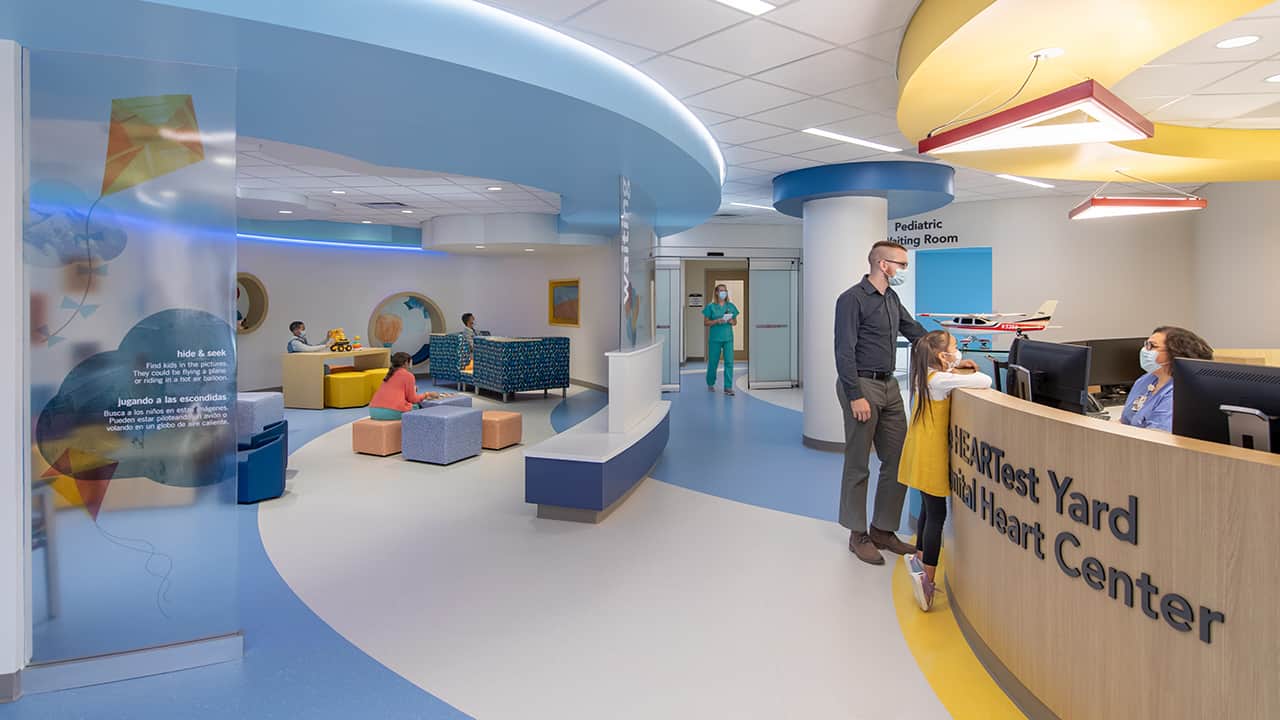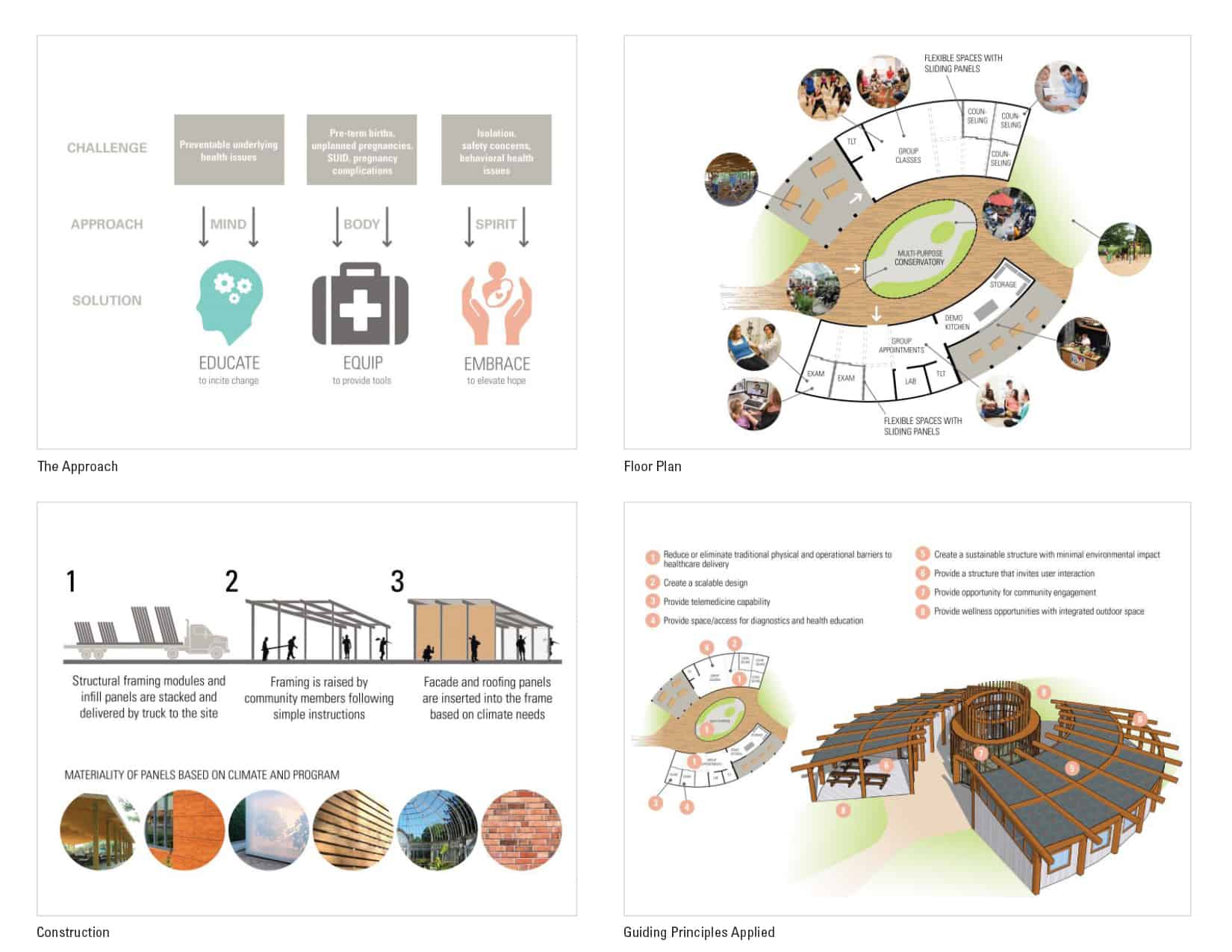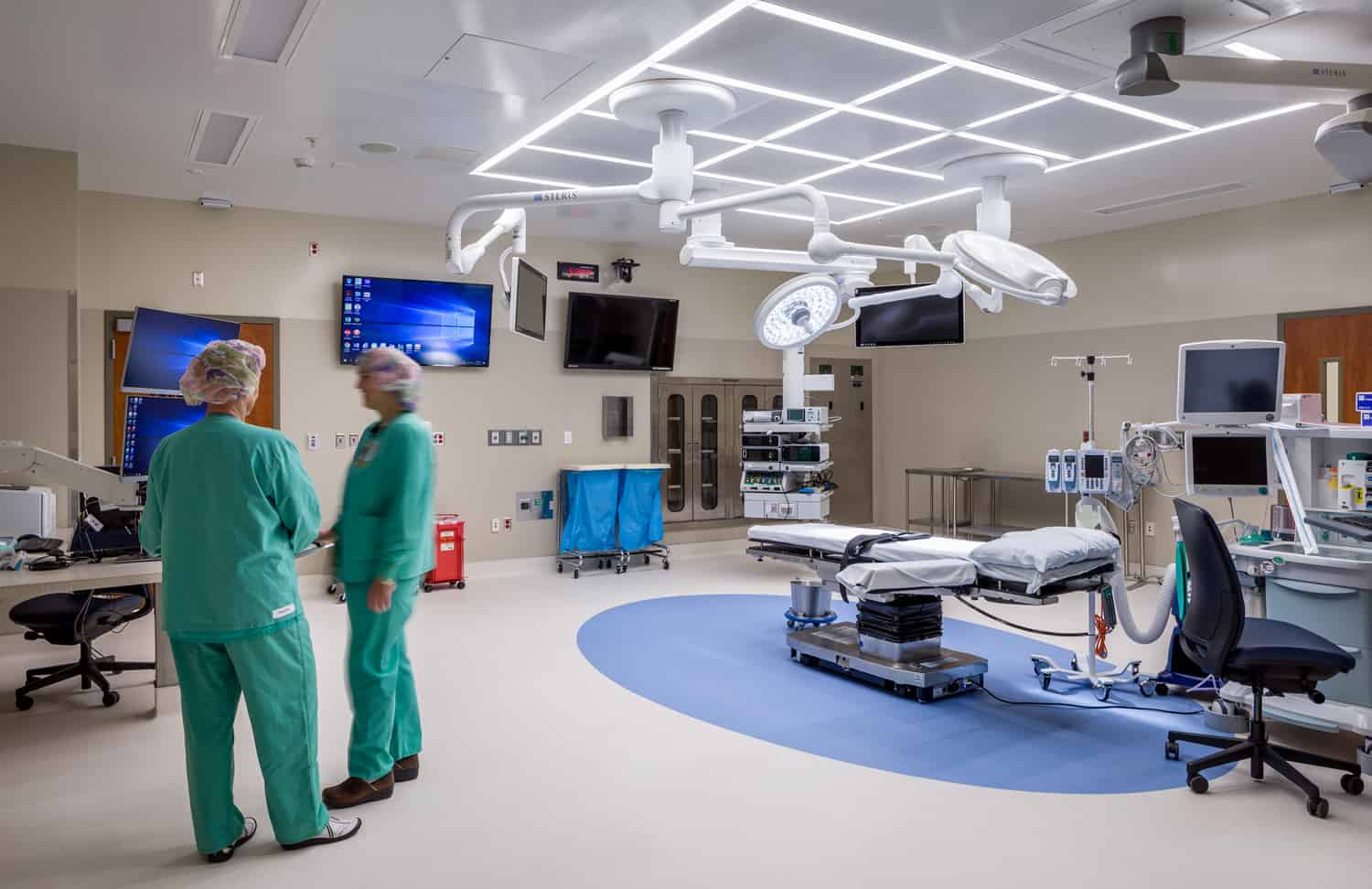
It’s no surprise that the industries in which we design for are ever-changing. How can we anticipate these changes so that our clients benefit from timeless spaces that elevate the performance of their organizations for years to come? We recently sat down with Roger Wilkerson, our Healthcare Practice Leader, to discuss the future of the healthcare industry and potential disruptors that may impact the way we design hopeful, healing and healthy environments.
From your perspective, what’s the future of your industry (future meaning 3-5 years and beyond)?
The future of the healthcare industry is strong, dynamic and complex and will continue to demand forward thinking planning and design solutions. Individuals will continue to shop around for healthcare services because more of the increased cost is being transferred to them, heightening the importance of creating a positive customer experience as hospitals compete for market share. The patient has become a customer.
And despite the massive, multibillion-dollar size of the industry, when a loved one is affected it becomes intensely personal. This is another extremely important reason we focus on experience design. Our passion is about impacting lives – those of patients, loved ones, care givers and the community.
Several other factors will impact the future of our industry:
Higher acuity of patients – Hospitals are dealing with more complex cases than ever before and seeing patients survive that would not have just ten years ago. Patients have co-morbidity of chronic diseases which drive the need for multi-disciplinary care models.
Infectious diseases are changing the way we design and care for those affected by them.
Increased emphasis on outpatient services – The move to outpatient services continues to accelerate. Outpatient centers (clinics, urgent care, ambulatory surgery centers, free-standing emergency departments) offer convenience, more affordable care, and services that were only performed in a hospital setting just a few years ago. And with 1 in 31 hospital patients acquiring a healthcare associated infection on any given day, outpatient centers offer a safer alternative to the hospital.
Aging population – With age comes an increased need for healthcare. In the United States alone, the number of Americans over the age of 65 is expected to double from roughly 50 million today to nearly 100 million by 2060. This volume of need will have a huge impact on our healthcare system and how healthcare is delivered.
Aging facilities – Most of our hospitals were started with post World War II funding. While there have been massive additions, renovations and demolitions since then, old structures and systems constantly need upgrading and replacing while remaining operational.
Staffing shortages – The patient is not the hospital’s only customer. So is their staff, who is critical to their success. Recruitment, retention and the health of staff, nurses and physicians remains an important consideration.
Technology – Technology has been the fastest changing component of our healthcare system. From imaging to surgery to handheld personal devices, these advancements have given the customer more information and control of their own health. Most recently, COVID-19 accelerated the use of telemedicine.
What are potential disruptors in your industry?
The greatest disruptors have traditionally come from the federal government and changes in reimbursement, but we don’t foresee significant healthcare reform based on the current political landscape. A shift in the payment structure to population health could be a real disruptor since a consistent reimbursement horizon allows health systems to plan with some level of confidence.
COVID has not only resulted in unanticipated volume increases and staffing issues, it has also created opportunities to rethink flow and function in the mid and long term; considerations like which services should be delivered on a main campus vs an outpatient setting.
Other disruptors include:
- Aging clinical staff who are working beyond traditional retirement age
- Uncertainty due to mergers and acquisitions
- An increase in translational medicine (individualized medicine), creating the need for research lab space in close proximity to bedside
- Cell therapies and other immunocompromised care creating the need for specialized patient units with longer length-of-stay
- Cardiac and orthopedic patients with greater rehab needs
- Care closer to home for market share grab, limiting movement for infectious patients and improving population health
- Prefabrication in construction, allowing for faster and more economical solutions
- Changing par levels of supply chain to depend less on JIT delivery after COVID, etc.

As a business partner to your client, how are you helping them anticipate the future?
We couple experience garnered from our national Healthcare Practice with multidisciplinary expertise gleaned from Little’s other practice groups. This combined knowledge allows us to become thought leaders on behalf of our clients, helping anticipate future implications and potential design solutions.
With our robust evidence-based design database, we’re able to help clients make informed choices based on criteria other than initial construction cost. This can include better patient outcomes, reduced care delivery costs and reduced infection rates, enabling them to break out of ‘what we’ve always done’ and truly build for the future.
For any business to grow and invest in their future, they must be financially successful. We partner with clients to maximize their efficiencies, creating design solutions that help them gain market share and be more successful. Our master planning and feasibility studies bridge the client’s strategic plan to project implementation.
Through a combination of diverse insights, proven experience and breakthrough thinking, we create comprehensive environments focused on a future of health and healing.

